Any tips for increasing Brandywine production?
anney
15 years ago
Related Stories

MOST POPULAR12 Key Decorating Tips to Make Any Room Better
Get a great result even without an experienced touch by following these basic design guidelines
Full Story
HEALTHY HOME6 Tips From a Nearly Zero-Waste Home
Lower your trash output and increase your quality of life with these ideas from a mom who did it to the max
Full Story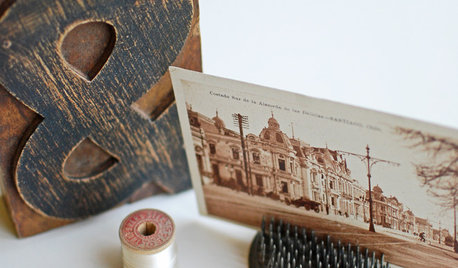
HOW TO PHOTOGRAPH YOUR HOUSESmall-Business Savvy: Photograph Products Like a Pro
Take impressive photos of your work for a website, a portfolio or packaging with any camera and these 5 tips
Full Story
GARDENING GUIDESEssential Watering Tips for Your Edible Garden
To give your edible plants just what they need, check out these guidelines for how, when and how much to water
Full Story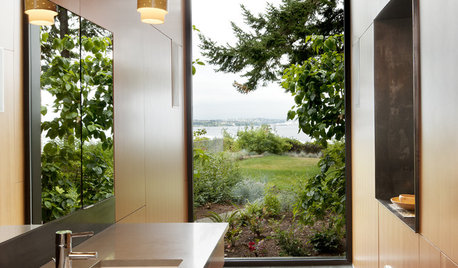
REMODELING GUIDES10 Tips to Maximize Your Whole-House Remodel
Cover all the bases now to ensure many years of satisfaction with your full renovation, second-story addition or bump-out
Full Story
REMODELING GUIDESContractor Tips: How to Install Tile
Before you pick up a single tile, pull from these tips for expert results
Full Story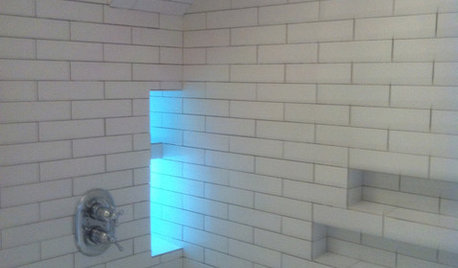
BATHROOM DESIGN10 Top Tips for Getting Bathroom Tile Right
Good planning is essential for bathroom tile that's set properly and works with the rest of your renovation. These tips help you do it right
Full Story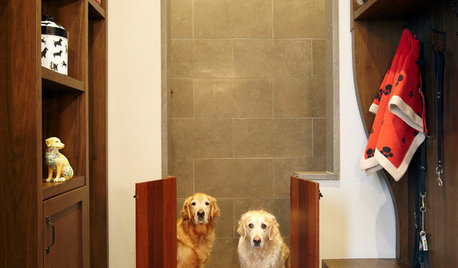
PETS15 Doggone-Good Tips for a Pet Washing Station
Turn a dreaded chore into an easier task with a handheld sprayer, an elevated sink or even a dedicated doggie tub
Full Story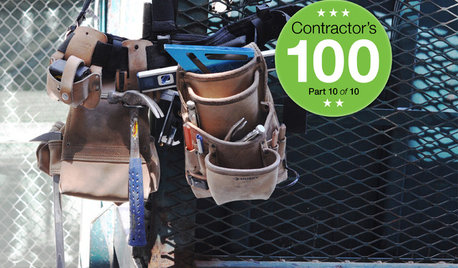
REMODELING GUIDESContractor's Tips: 10 Things Your Contractor Might Not Tell You
Climbing through your closets and fielding design issues galore, your contractor might stay mum. Here's what you're missing
Full Story
FARM YOUR YARDHow to Grow Vegetables in Containers
Get glorious vegetables and fruits on your patio with a pro’s guidance — including his personal recipe for potting mix
Full StorySponsored
More Discussions






jel7
Dan _Staley (5b Sunset 2B AHS 7)
Related Professionals
Kenmore Landscape Architects & Landscape Designers · Fairview Landscape Contractors · Mahwah Landscape Contractors · Nutley Landscape Contractors · Panama City Beach Landscape Contractors · St. Louis Landscape Contractors · Kingsburg Landscape Contractors · Bryan General Contractors · Clarksville General Contractors · Medford General Contractors · Medway General Contractors · Van Buren General Contractors · Rantoul Decks, Patios & Outdoor Enclosures · Spokane Decks, Patios & Outdoor Enclosures · West Bloomfield Township Decks, Patios & Outdoor Enclosuresjjs7741
anneyOriginal Author
reign
jjs7741
Dan _Staley (5b Sunset 2B AHS 7)
geeboss
anneyOriginal Author
geeboss
Dan _Staley (5b Sunset 2B AHS 7)
dirt_poet
bdobs
Jwhite1260_yahoo_com
swakyaby
miesenbacher
kevinitis
missingtheobvious
mule
joachim_ct
kevinitis